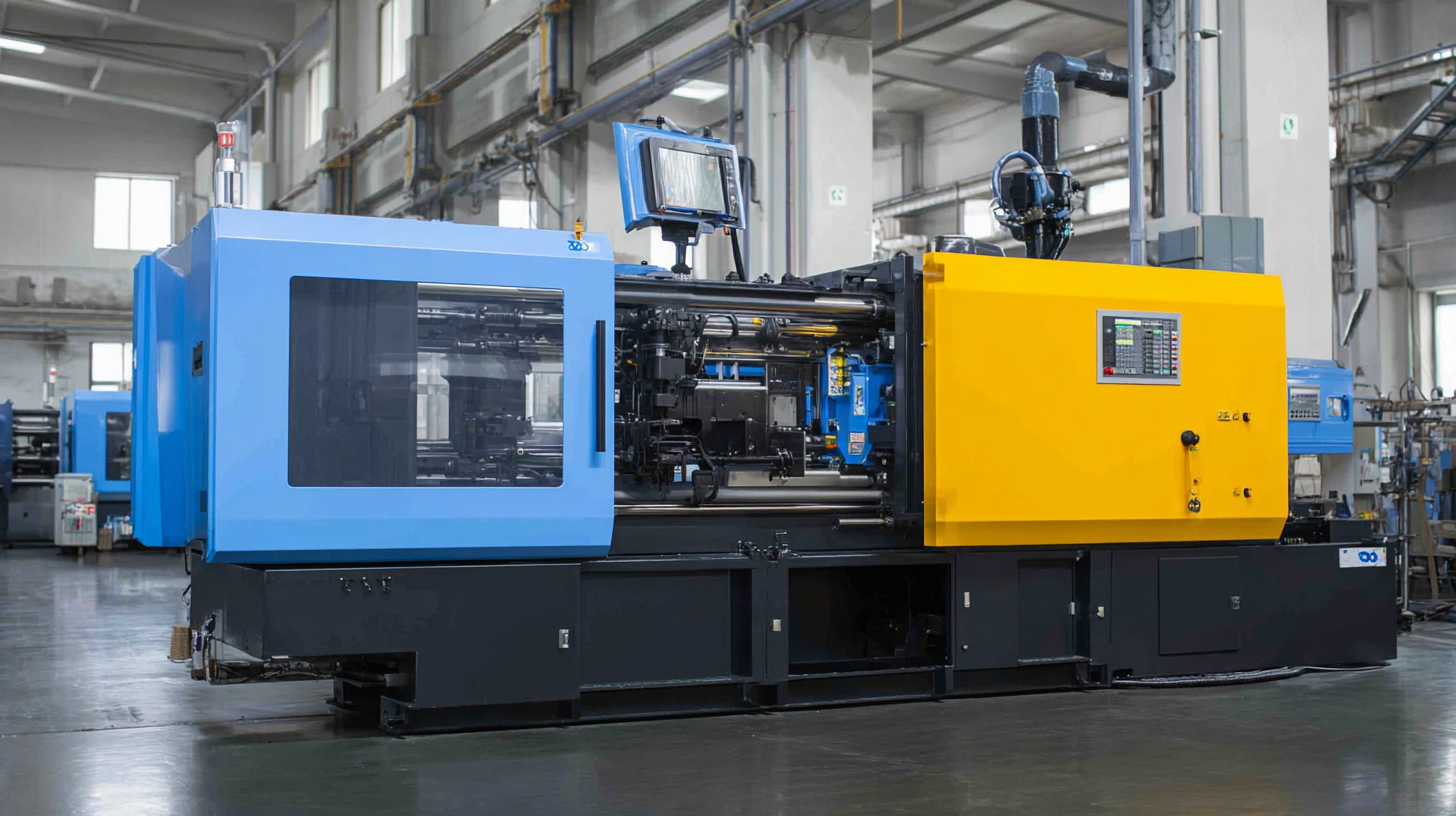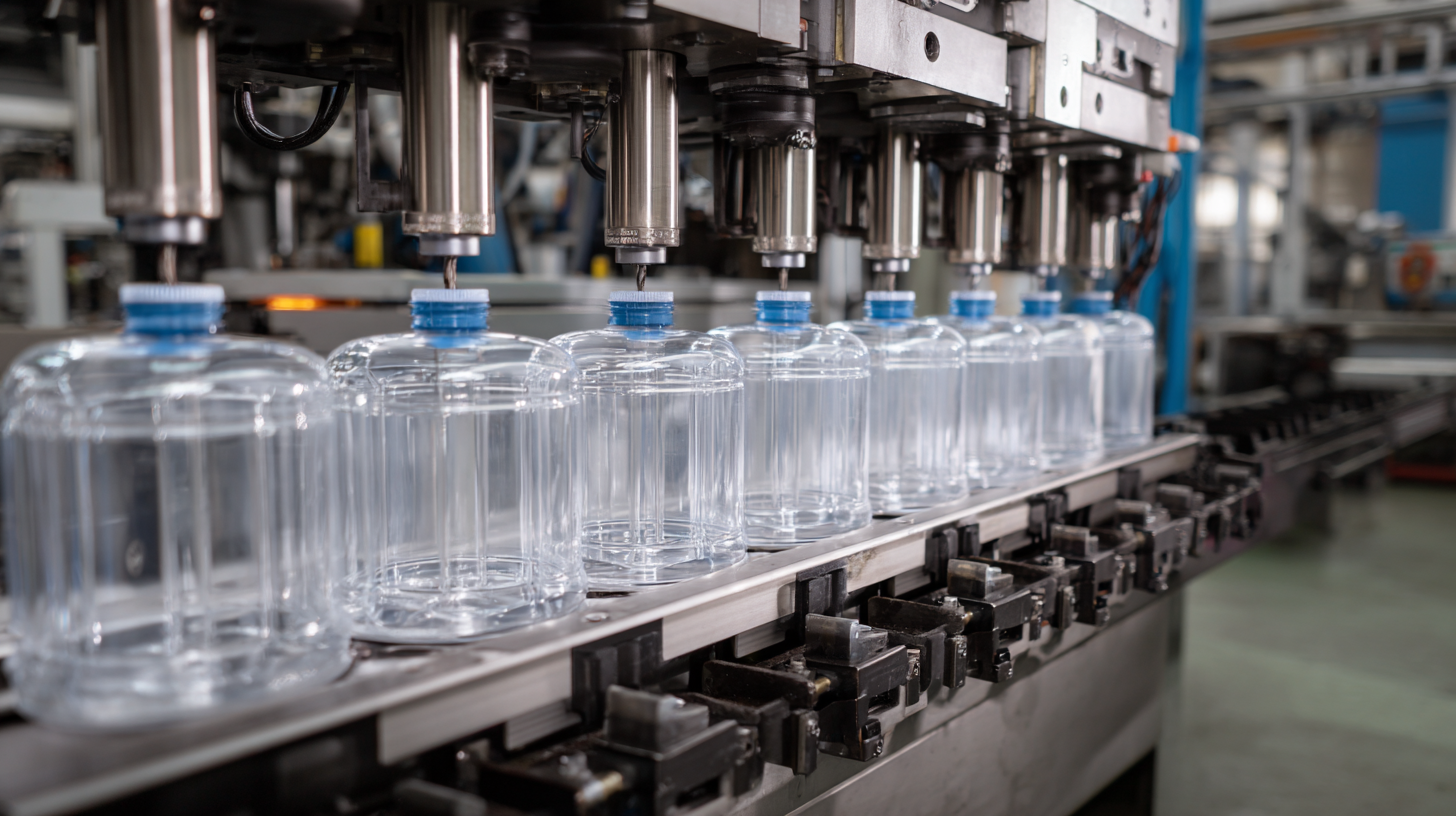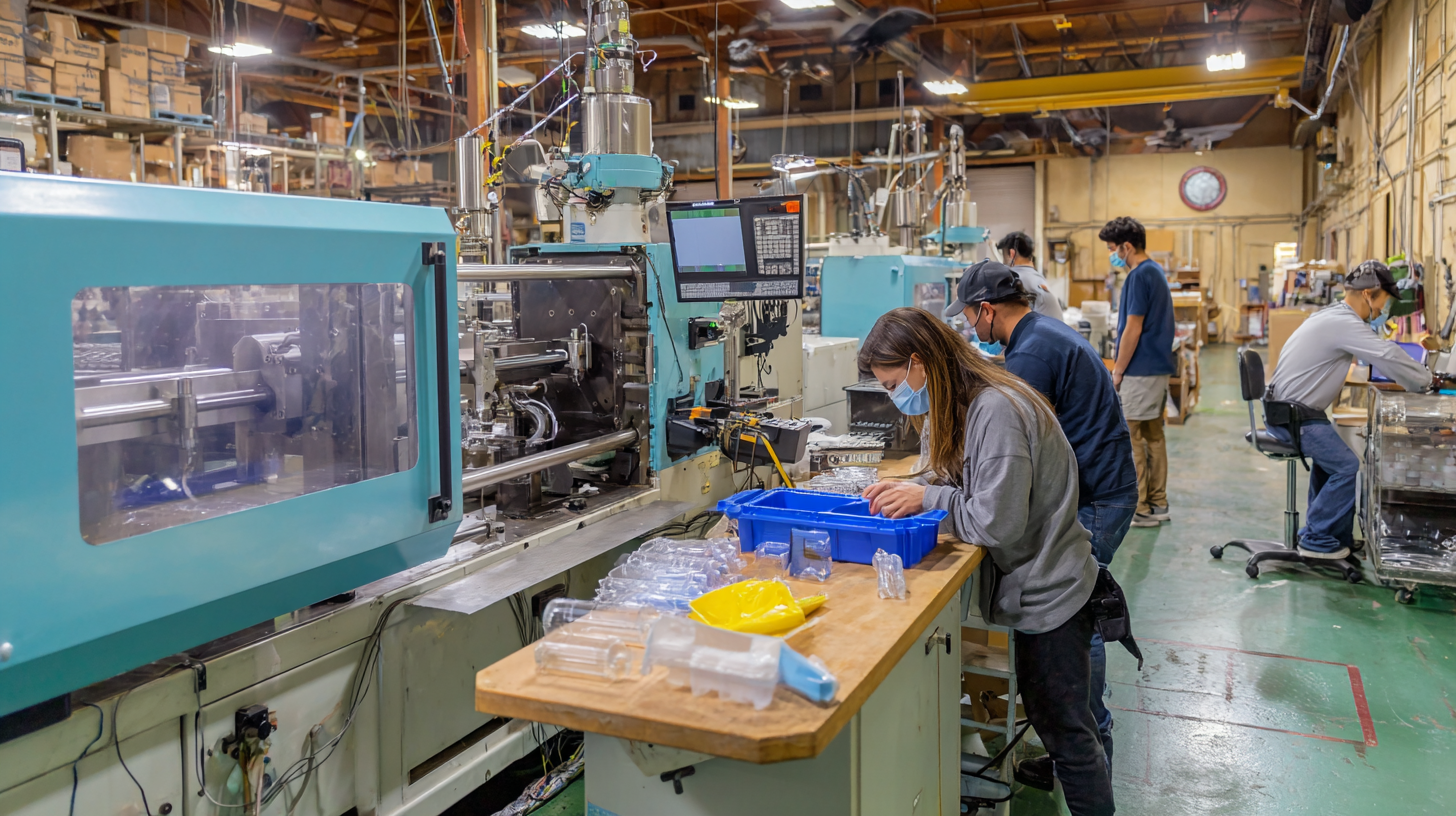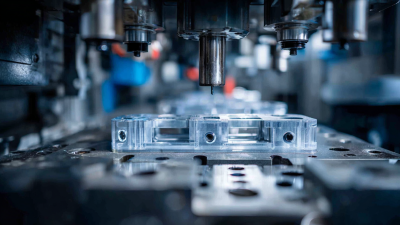Unlocking the Secrets of Low Cost Injection Molding: A Comprehensive Guide for Innovators
The manufacturing landscape has undergone a significant transformation in recent years, with low cost injection molding emerging as a pivotal solution for innovators seeking to balance quality and affordability. According to a 2022 report by Smithers, the global injection molding market is projected to reach $346.67 billion by 2027, driven largely by advances in technology and material sciences. This remarkable growth highlights the importance of implementing cost-effective strategies in production processes.

Low cost injection molding not only reduces manufacturing expenses but also enhances product scalability, allowing businesses to respond swiftly to market demands. As industries increasingly embrace sustainable practices, understanding the intricacies of low cost injection molding becomes crucial for companies aiming to optimize their operational efficiency and drive innovation. This comprehensive guide seeks to unlock the secrets of low cost injection molding, empowering innovators to navigate the complexities of the process and leverage its benefits for competitive advantage.
Advantages of Low-Cost Injection Molding for Startups and Innovators
Low-cost injection molding is rapidly gaining traction among startups and innovators, providing a cost-effective solution for product development. According to a report by MarketsandMarkets, the global market for injection molding is expected to reach $300 billion by 2026, driven in part by increased demand from emerging businesses. For startups, who often operate on limited budgets, this method allows them to produce high-quality prototypes and small production runs without the hefty price tag typically associated with traditional manufacturing processes.
Moreover, low-cost injection molding offers significant advantages in lead time and flexibility. A study by the Institute of Industrial Engineers emphasizes that molds can be produced at a fraction of the cost and time compared to conventional methods, often taking only a few weeks rather than months. This quick turnaround enables innovators to bring their products to market faster, gaining a competitive edge. Furthermore, the ability to iterate designs rapidly means that startups can respond to market feedback and make adjustments on-the-fly, ultimately leading to improved product-market fit and increased chances of success.
Unlocking the Secrets of Low Cost Injection Molding: A Comprehensive Guide for Innovators
| Dimension | Description | Benefits for Startups |
|---|---|---|
| Cost-Effectiveness | Low-cost materials and reduced manufacturing times. | Allows startups to maintain a tight budget while prototyping. |
| Speed of Production | Quick turnaround for injection molding processes. | Faster time-to-market for new products. |
| Design Flexibility | Ability to create complex shapes and designs. | Encourages creativity and innovation in product design. |
| Material Variety | Wide range of materials available for different applications. | Allows customization for specific industry needs. |
| Scalability | Feasibility to scale operations as business grows. | Facilitates growth without the need for major investment at the start. |
Common Myths About Low-Cost Injection Molding Explained
When it comes to low-cost injection molding, several myths often cloud the understanding of this manufacturing process. One common misconception is that reduced production cost necessarily implies compromised quality. In reality, advancements in technology and materials have made it possible to achieve high-quality outputs at lower costs. According to a report by Grand View Research, the global injection molding market was valued at over $200 billion in 2020 and is expected to grow significantly, highlighting the increasing efficiency and economic viability of this technique for various applications.
Another prevalent myth is that low-cost injection molding is only suitable for simple designs. Contrary to this belief, modern injection molding techniques can accommodate complex geometries while maintaining affordability. The evolution of tools like 3D printing and simulation software allows engineers to optimize designs before mass production, which not only lowers costs but also minimizes material waste. A study published by the American Society of Mechanical Engineers (ASME) indicates that companies adopting these innovative approaches have seen cost savings upwards of 30% while enhancing product performance. This evidence disproves the notion that low-cost solutions come at the expense of design intricacy or functionality.

Key Materials Used in Affordable Injection Molding Processes
Injection molding is a widely adopted manufacturing process that offers numerous advantages, especially in the production of medical devices. As the
Injection Molding Market is projected to reach USD 580.44 billion by 2033, understanding the materials used in
affordable injection molding becomes crucial. Key materials such as
polypropylene,
polystyrene, and
polyhydroxyalkanoates (PHAs) play a significant role in cost-effective production methods.
Tips for innovators looking to enter this space include exploring bioplastics like PHAs, which provide sustainable alternatives to traditional plastics
and address environmental concerns. Additionally, optimizing design for manufacturability can lead to significant cost reductions in the long run,
making the processes more efficient.
Another consideration is the choice of additives and fillers that can enhance the performance of the base materials.
These modifications can not only reduce material costs but also improve durability and functionality in the final products. By leveraging the right
materials and strategies, innovators can unlock the secrets to affordable injection molding, paving the way for sustainable and scalable production.

Step-by-Step Guide to Setting Up Your Own Low-Cost Injection Molding
Setting up your own low-cost injection molding operation can seem daunting, but with the right approach, it becomes an achievable goal for any innovator. Begin by understanding the essential components of an injection molding machine, including the hopper, barrel, and mold. Research budget-friendly options for purchasing or even building your own machine. Several resources online and in DIY communities can guide you through the process of constructing a suitable machine that fits your needs and budget.
Once you have your machine, focus on material selection and mold design. Choose cost-effective plastics that suit your product requirements. Additionally, consider using 3D printing to create molds, which can significantly reduce costs compared to traditional mold-making methods. Testing your molds with small production runs is crucial to refine your process and make adjustments as necessary. With careful planning and a willingness to experiment, innovators can successfully navigate the setup of a low-cost injection molding system and bring their ideas to life.
Design Considerations for Effective Low-Cost Injection Mold Development
When embarking on the journey of low-cost injection mold development, understanding design considerations is crucial. The shape and complexity of the part being molded play a significant role in determining the feasibility and cost-effectiveness of the mold. Simplistic geometries can be produced with lower tooling costs, while complex features may require advanced engineering solutions, potentially increasing expenses. Keeping the design straightforward not only facilitates easier manufacturing but also reduces the risk of defects during production.
Another essential aspect is the choice of materials for both the parts being produced and the mold itself. Utilizing cost-effective materials, such as certain thermoplastics or aluminum instead of steel, can drastically lower initial investment costs. However, it is vital to balance cost with performance, ensuring the chosen materials can withstand the production demands without compromising quality.
Integrating features like draft angles and optimizing wall thickness can also streamline the injection molding process, leading to enhanced efficiency and reduced lead times. By focusing on these design considerations, innovators can successfully navigate the complexities of low-cost injection molding while maintaining product integrity.
Related Posts
-

What is Low Cost Injection Molding and How it Revolutionizes Manufacturing Efficiency
-

Injection Moulding Process Challenges That Every Global Buyer Should Know
-

Innovative Injection Moulding Process Examples That Drive Global Procurement Efficiency
-

7 Compelling Reasons to Choose the Right Injection Molding Materials for Your Production Needs
-

Unlocking the Advantages of Polyvinyl Chloride for Global Supply Chain Efficiency
-

Top Strategies for Optimizing Plastic Angle Products in Your Business
